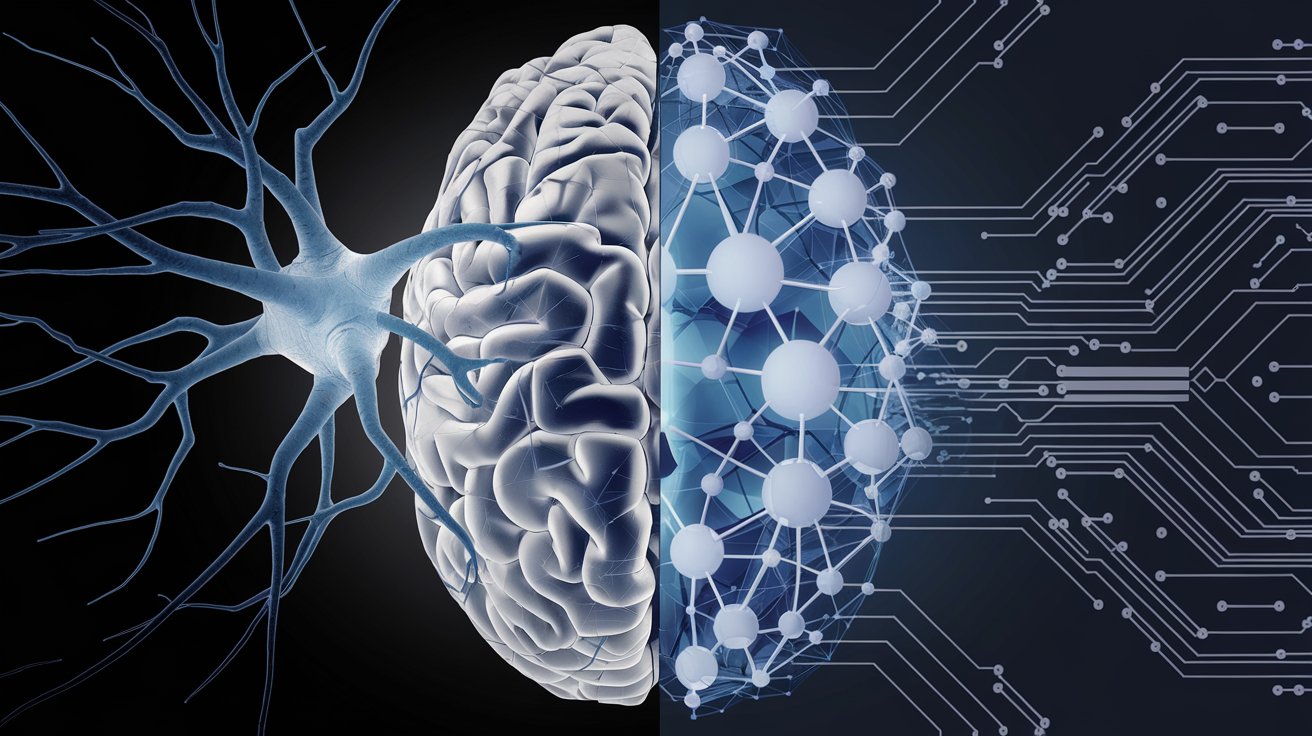
Some of history’s most groundbreaking discoveries didn’t come solely from observation but from deep, reflective thought. Einstein’s theory of relativity was born from thought experiments, and Galileo’s insights into gravity emerged from mental simulations. According to a recent review published on September 18 in Trends in Cognitive Sciences, this ability to think and learn isn’t unique to humans—artificial intelligence is also capable of self-correction and "learning by thinking."
“There are some recent demonstrations of what looks like learning by thinking in AI, particularly in large language models,” says Tania Lombrozo, a professor of psychology and co-director of the Natural and Artificial Minds initiative at Princeton University. “Sometimes ChatGPT will correct itself without being explicitly told. That’s similar to what happens when people are engaged in learning by thinking.”
In her review, Lombrozo outlines four methods humans and AI use to learn by thinking: explanation, simulation, analogy, and reasoning. For example, explaining a complex concept can reveal gaps in understanding. Rearranging furniture often starts with mentally simulating different layouts before moving anything. Moral dilemmas, such as the ethics of downloading pirated software, can change upon drawing analogies to theft. Similarly, reasoning allows us to deduce conclusions, like knowing when a friend's birthday falls on a leap day.
AI exhibits these same processes. When prompted to explain complex topics, AI models can refine or adjust their responses, mirroring the way people use explanation to learn. Simulation engines, commonly employed in the gaming industry, allow AI to predict real-world outcomes, feeding into its learning process. When asked to draw analogies, AI may offer more accurate responses than through direct questioning. Step-by-step reasoning also enables AI to reach solutions that might elude it otherwise.
“This raises the question of why both natural and artificial minds have these characteristics. What function does learning by thinking serve, and why is it valuable?” Lombrozo asks. She argues that this form of learning is a kind of "on-demand learning." Humans often store knowledge without immediate application, using it when context makes it relevant.
However, Lombrozo acknowledges the challenges in defining the boundaries between high-level cognitive functions such as reasoning and learning. This is a topic of ongoing debate within the cognitive sciences. The review also questions whether AI systems are truly "thinking" or simply mimicking the outputs of such processes, a distinction that remains to be explored.
“AI has reached a point where it’s sophisticated in some ways but limited in others,” Lombrozo says. “We have an opportunity to study the similarities and differences between human and artificial intelligence. It’s a pivotal moment to ask these comparative questions, learn more about human cognition through AI, and use that knowledge to improve AI systems.”